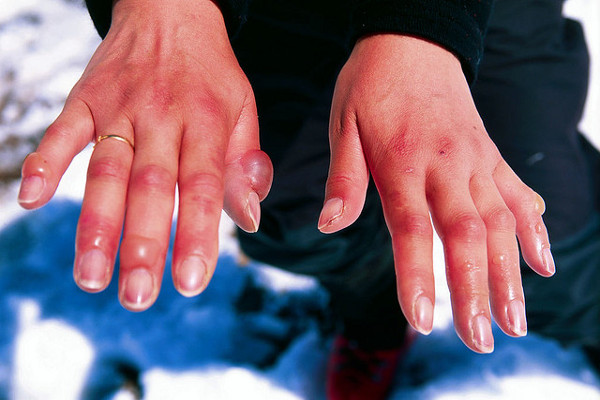Hypothermia and Frostbite P2

Yesterday we started talking about Hypothermia and Frostbite. Today well talk about prevention.
The easiest way to prevent hypothermia or frostbite is to dress for the conditions and to be aware of how your body is coping with the cold. Try these suggestions for cold weather work:
Wear several layers of loose-fitting clothing. Then you can adjust by removing or adding a layer or two. Even simple activities such as frequently getting in and out of a vehicle can create a challenge for maintaining a comfortable body temperature.
To stay dry as you work, dress so that the layer next to your skin can "wick" the moisture away. Wet clothing can lose up to 90% of its insulation value and drain your body heat away.
Make sure your hands and head are covered at all times to minimize your heat loss. Wear an approved cold weather liner under your hard hat for added warmth.
In severe weather conditions, particularly cold winds, you may need to cover your face with a scarf or woolen mask.
Extra socks, gloves, and boot liners are easy to stash in a pocket or pack. Then if yours get wet, you can easily change for a quick warm-up.
Besides providing warmth for your hands, gloves must protect you against your specific job hazards - for instance, cuts, punctures, burns, chemicals or electricity.
Your safety footwear should keep your feet warm and dry. Extra boot liners and warm winter socks will help.
Dress for the weather and your outside work will be more comfortable. But, remember, it is sometimes difficult for you recognize the symptoms of frostbite or hypothermia in yourself. Make sure you and your companions keep a close watch on each other for the warning signs.
